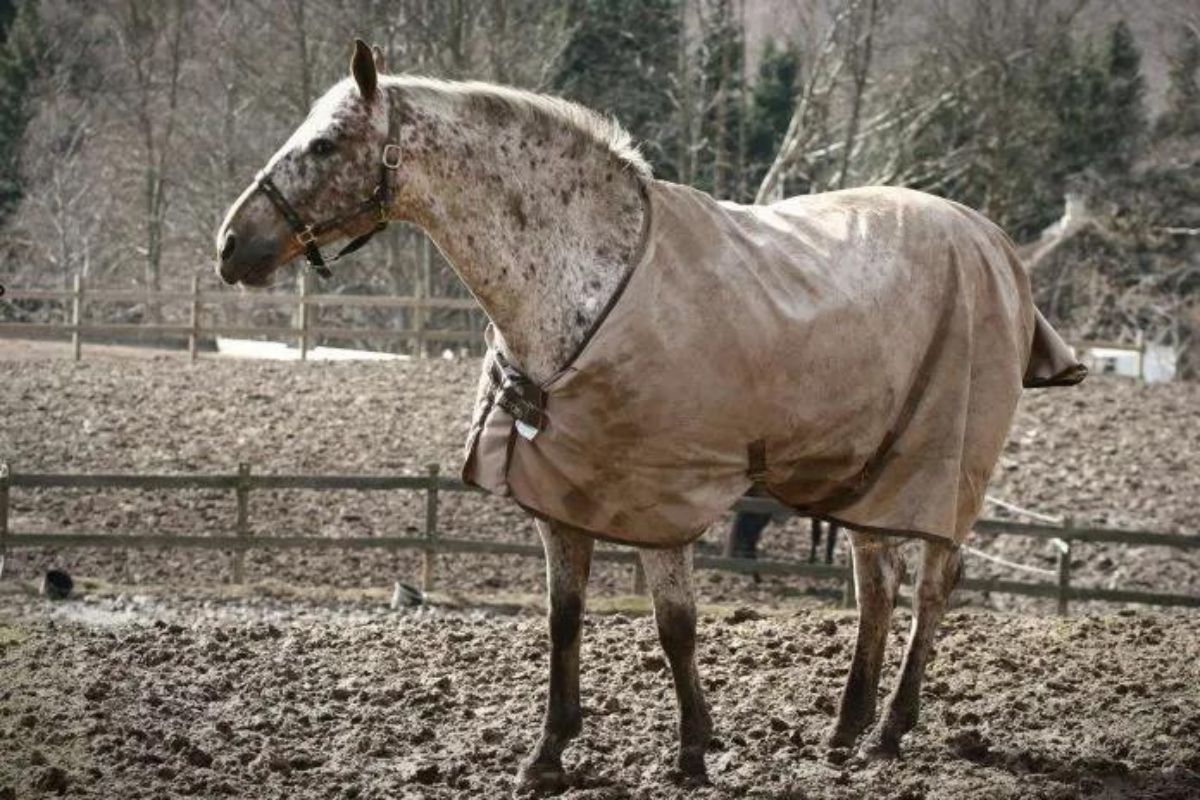Menu


Imagine: A winter season without deep mud in the paddock. It may feel like an impossible scenario here in wet Europe, but it's actually not that unrealistic. More and more people are choosing to secure the bottoms of their paddocks or paddocks, even if it requires a good grip on their pocket. However, there are also alternatives that can clear away some of the mud, without clearing your economy.
Here are five ways to get rid of the mud, some of which require a little and some require a lot. Just remember, if you want something that really works, you'll also be willing to pay for it.
The first and least extensive thing you can do is to place the horses' water troughs and hay far away from the place in the paddock where there is the most mud. Preferably, it should be all the way to the other end of the paddock. This way, you force the horses to use the entire paddock area, so it is not always the same square meters that are trampled on during the day. Often, it's about getting all the "fun" away from the joint, because there will undoubtedly always be mud where the horses go most.
You can also choose to set up one or two extra joints on the paddock as extra exits. The more joints there are, the greater the possibility of spreading "traffic" over more square meters, and thus avoiding getting a huge mud hole in front of the one joint you may normally use. It is a cheap solution that mostly allows you to avoid the mud when you need to bring in one or more of the horses.
The slightly more expensive solution is to lay a layer of stone meal or stabilizing gravel on the parts of the paddock that usually experience deep mud. However, do not expect to get a dry paddock, as it will not happen. Water will still lie on top of the extra layer because the paddock is not drained, but the horses will not experience sinking. And it's important to note that different horse owners have different preferences, some swear by stone meal while others think it's a bad solution. Most importantly, remember that these are periodic solutions that only last one or two seasons.
An even more effective solution is to use hole mats. This is a solution that many horse owners are now using. Like stone meal or stabilizing gravel, they help to prevent the horses from sinking in the mud and provide better footing. However, it's important to note that these mats are not a permanent solution and will need to be replaced periodically.
The most effective and most expensive solution is to properly secure the bottom of the paddock. This involves installing a drainage system and possibly even raising the level of the paddock to ensure that water does not accumulate in certain areas. This is a permanent solution that requires a significant investment, but it is the most effective way to keep the paddock mud-free in the long term.
Read more about OTTO-SPORT